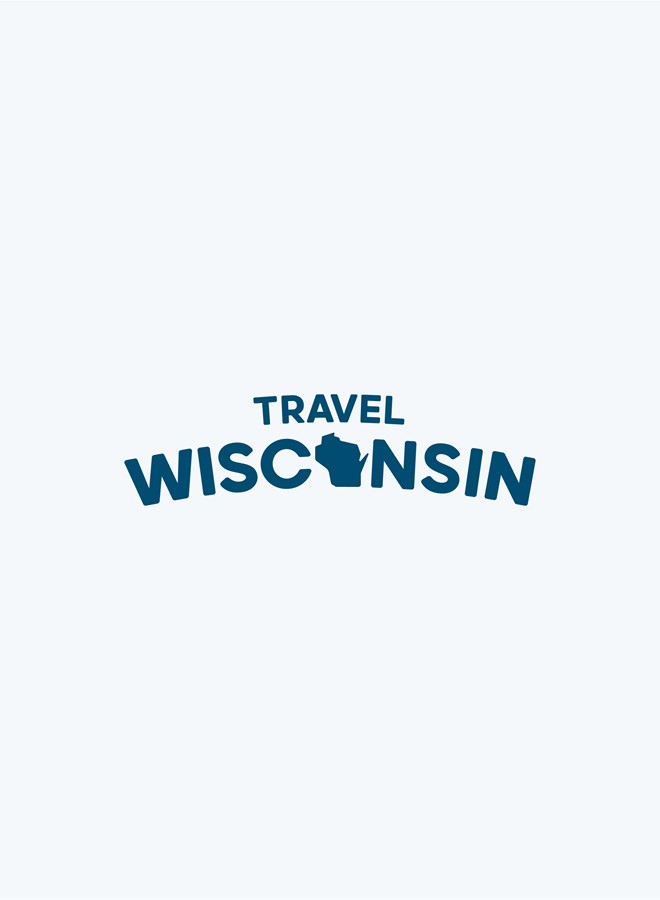Nicolet Forest Wheel-A-Way Tour

Nicolet Forest Wheel-A-Way Tour
Three Lakes, WI
Information:
715-546-3344
Three Lakes is both a town and a misnomer; there are a lot more than three lakes to be enjoyed here. The Eagle River/Three Lakes Chain is thought to be the world's largest string of freshwater lakes. With 20 connected lakes, more than 12 square miles of water surface, and 100-plus miles of shoreline, few would doubt it. This classic Northwoods' vacationland is also the home of a popular bike event and route. The Nicolet-Wheel-A-Way is an annual Labor Day weekend event that attracts riders from around the Midwest to pedal the woods and water scenery of Three Lakes and the Nicolet National Forest (see Wisconsin Biking Events, page 72). Your ride into the forest follows the Wheel-A-Way route along ridges of glacial moraine that weave through lake and marshland. The dense forest of yellow and paper birch, maple, pine and spruce covers the road with a thick shade canopy. The lush forest is a tribute to the reforestation efforts of the National Forest Service. Created in 1933, the Nicolet National Forest, (now part of the Chequamegon-Nicolet National Forest), took control of land abandoned or tax delinquent after the virgin timber had been logged off and farming attempts had failed. During the Great Depression, the Federal Government created the Civilian Conservation Corp (CCC) to provide work for unemployed men. CCC camps sprouted throughout northern Wisconsin as crews labored to reforest the land. Today the 661,400-acre Nicolet Forest is a haven for wildlife. Along Divide Road you'll pass the Headwaters Wilderness Area, the largest in the state. Interpretive signs along the roads help explain forest management practices.At the north end of the loop you can take a break along the tranquil shore of Butternut Lake, a great place to spot loons and eagles. This midway rest stop is perfect for a snack and a peaceful moment.On the return route, Old Military Road has an interesting history. Preserved as a Heritage Drive National Forest Scenic Byway, it was originally cut through the wilderness in 1861. The road connected Fort Howard at Green Bay with Fort Wilkins on Lake Superior. With the Union preoccupied during the Civil War, the government feared the possibility of invasion from Canada. This forest road to Fort Wilkins was thought more secure for resupply than the normal Great Lakes route. Cold bogs are a natural feature in the Nicolet. They grow cranberries, the only berry that is exclusive to North America. The cranberry was a food, dye and medicine to Native Americans. Around Three Lakes it has been cultivated commercially for more than a century. Downtown, you'll find a tasty enterprise spun off of the area's cranberry production; the Three Lakes Winery crafts cranberry wine along with other berry and fruit wines. A free tour will show you the process and a sampling lets you taste the product.
What's Nearby
Events
Places To Stay
Dining
1
World Championship Snowmobile Derby
1/15/2026 - 1/18/2026
Eagle River - 10.17 miles away
2
World Series of Snowmobile Racing
2/14/2026 - 2/15/2026
Eagle River - 10.34 miles away
3
Hodag Heritage Festival
5/16/2026
Rhinelander - 16.53 miles away
4
St. Germain Radar Run
2/14/2026
St. Germain - 17.14 miles away
5
Phelps Radar Run
1/24/2026
Phelps - 18.11 miles away
6
Phelps Maple Syrup Fest
4/11/2026
Phelps - 18.67 miles away
7
3rd Annual Vintage Snowmobile & Groomer Show
2/07/2026
Crandon - 18.95 miles away
8
Post Lake Annual Ice Fishing Jamboree
2/21/2026
Elcho - 24.99 miles away







